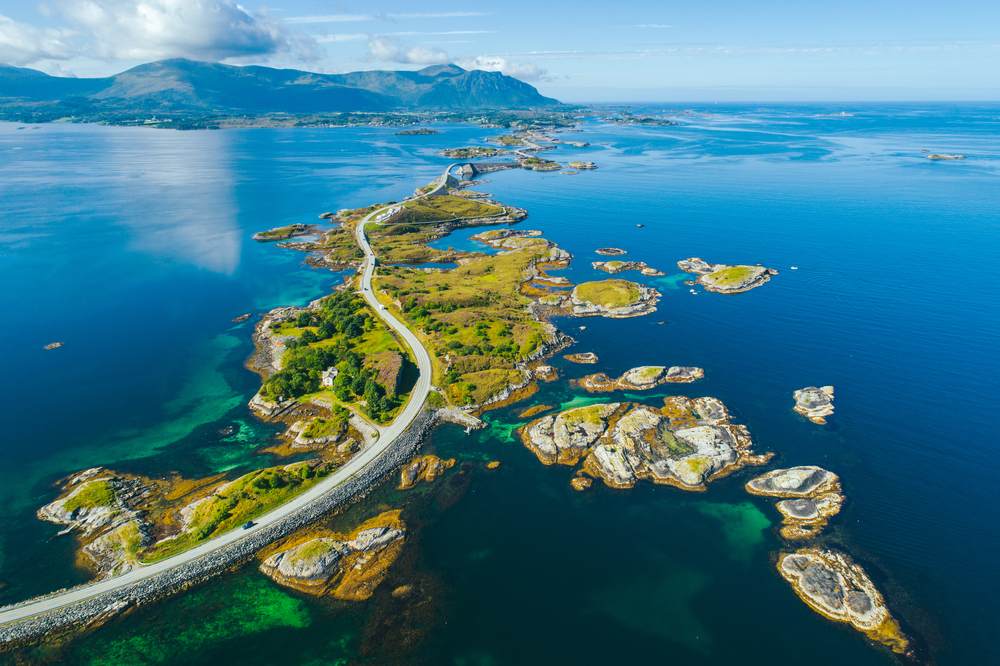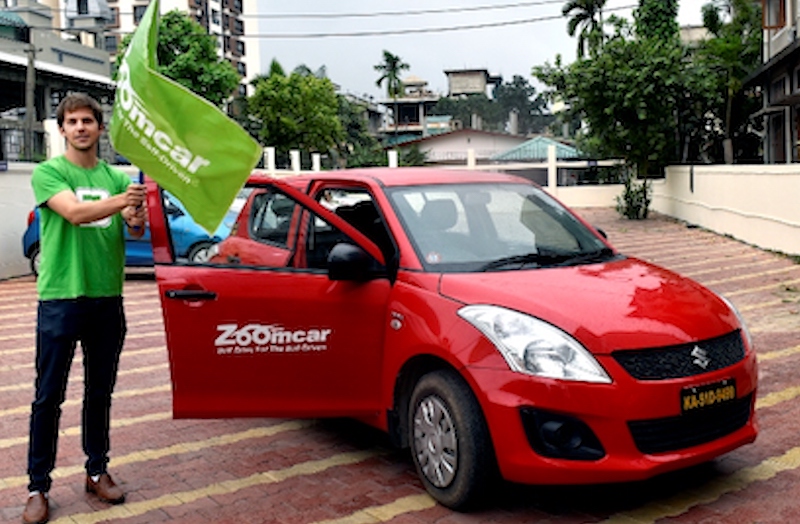The Atlantic Road Norway, or Atlanterhavsveien in Norwegian, is one of Europe’s most exhilarating and visually stunning drives. This 8.3-kilometer stretch of road links a series of small islands with sweeping bridges over the wild Atlantic Ocean. Although relatively short in length, the road packs in jaw-dropping views, heart-racing engineering, and an unforgettable experience of nature in motion. Often ranked among the best scenic drives in the world, the Atlantic Road is not just a means of transportation—it’s a bucket-list destination for road trippers, photographers, and nature lovers alike.
Completed in 1989, the road connects the towns of Kristiansund and Molde in Møre og Romsdal county, located in western Norway. As you drive across the elevated bridges and winding roads, waves often crash dramatically beneath you, especially during storms, making it feel like you’re driving through the sea itself. It’s this close interaction with nature—combined with impeccable Norwegian engineering—that makes the Atlantic Road an international icon.
Where Is the Atlantic Road and How to Get There

The Atlantic Road lies along Norwegian County Road 64, a picturesque coastal route between the cities of Molde and Kristiansund. While the road itself is just over 8 km, it connects several small islets and skerries, winding through one of the most photogenic stretches of Norway’s coastline. Getting there is part of the adventure—whether you’re driving from Ålesund, Trondheim, or even Oslo, the journey offers endless scenic value.
To reach the Atlantic Road, you can fly into Molde Airport (MOL) or Kristiansund Airport (KSU). From Molde, the drive to the Atlantic Road takes about 1.5 hours. From Kristiansund, it’s roughly a 1-hour journey, depending on ferry schedules. Although public buses are available, they offer limited stops along the route. For the best experience, renting a car is essential, allowing you to explore viewpoints, stop at photo spots, and move at your own pace.
The Atlantic Road is also part of one of Norway’s 18 National Tourist Routes, which include designated scenic roads across the country with artistic viewpoints and architectural landmarks.
Why the Atlantic Road Is Famous Worldwide
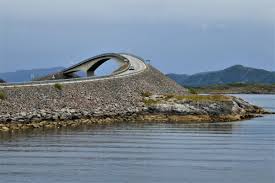
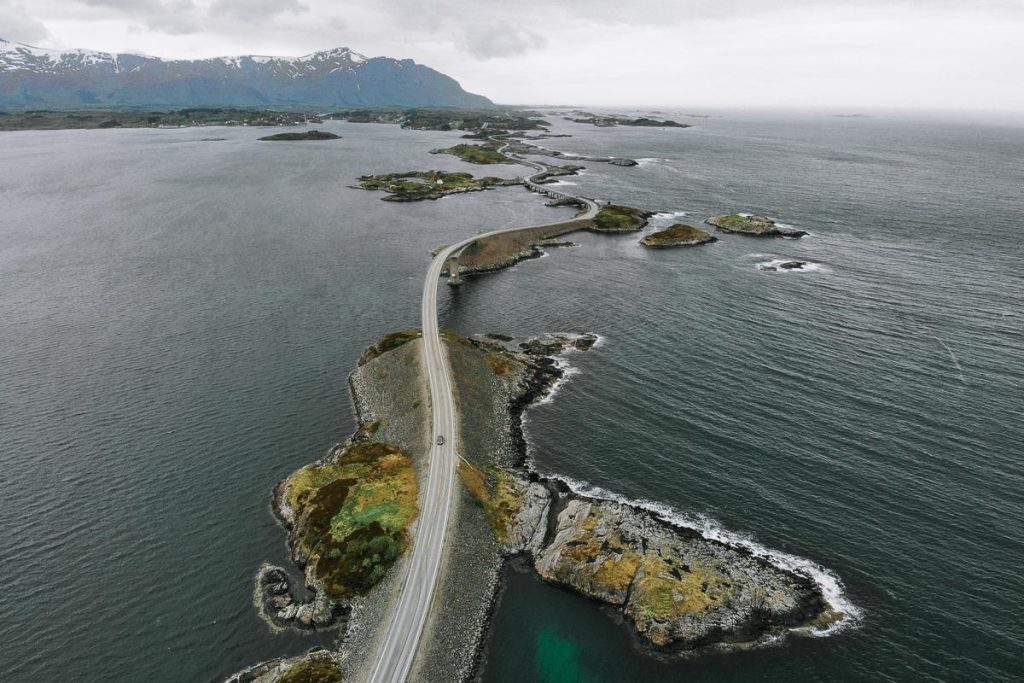
What sets the Atlantic Road Norway apart from other coastal drives is the raw intimacy it has with nature. You’re not just admiring the ocean—you’re riding above it, beside it, and sometimes through it as sea spray crashes against your windows. Unlike typical highways, this road was built to highlight the unpredictability of Norway’s coastal environment. Its famous seven bridges, especially the Storseisundet Bridge, make the journey feel like an adrenaline-fueled rollercoaster.
The Storseisundet Bridge, in particular, has achieved international fame for its optical illusion effect. From one angle, it looks like a bridge to nowhere, curving so steeply it appears unfinished. It’s one of the most photographed bridges in the world and has been featured in commercials, films, and travel documentaries. When the weather is stormy, watching waves explode over the side of the road creates an unmatched visual spectacle.
Beyond its beauty, the road is an engineering marvel. Built over six years in some of Norway’s most volatile weather, the Atlantic Road is a testament to human persistence against nature’s forces. It received the honor of “Norwegian Construction of the Century” in 2005.
Top Stops and Attractions on the Atlantic Road
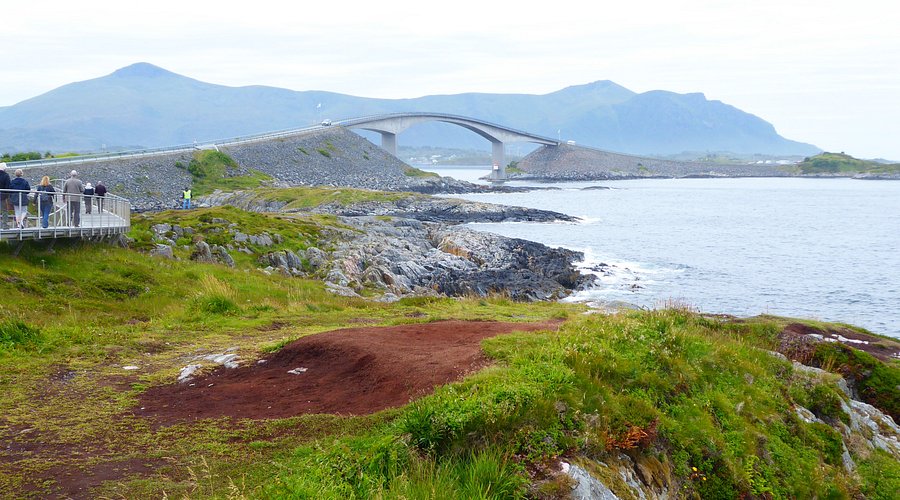
Though brief in distance, the Atlantic Road is dense with attractions that range from scenic viewpoints to cultural landmarks and outdoor adventures. Every stop gives you a deeper connection to the ocean and coastal life.
Storseisundet Bridge
As the star of the Atlantic Road, this serpentine bridge is both beautiful and slightly terrifying. Its unique curve gives drivers the illusion of diving into the ocean, especially when approached from the south. Be sure to stop at the viewpoint before crossing to capture stunning photos.
Eldhusøya Viewpoint
This is the largest rest area on the route and home to an incredible circular boardwalk suspended above the coastline. Made with environmentally sensitive materials, this accessible trail allows visitors to walk above rugged rocks and ocean spray without damaging the natural habitat. It’s the perfect place for a panoramic photo or picnic break.
Håholmen Island
For those seeking a touch of history, a short boat ride takes you to Håholmen, a restored 18th-century fishing village. Once home to seafarers and traders, today it’s a tranquil spot with rustic accommodations, seafood restaurants, and a small Viking ship museum. It’s also a popular overnight stay for those looking to escape crowds.
Fishing Spots and Wildlife Watching
The Atlantic Road is paradise for outdoor lovers. Bring your fishing rod—there are designated fishing platforms along the road where locals catch cod, mackerel, and pollock. You might also spot puffins, sea eagles, and even whales during certain seasons. Boat safaris and kayaking tours are also available nearby.
Kvernes Stave Church
Just a short detour inland, this 14th-century stave church offers a different side of Norway’s cultural heritage. With traditional wooden architecture and scenic views over the fjord, it’s a peaceful contrast to the dramatic coastline.
Best Time to Visit the Atlantic Road
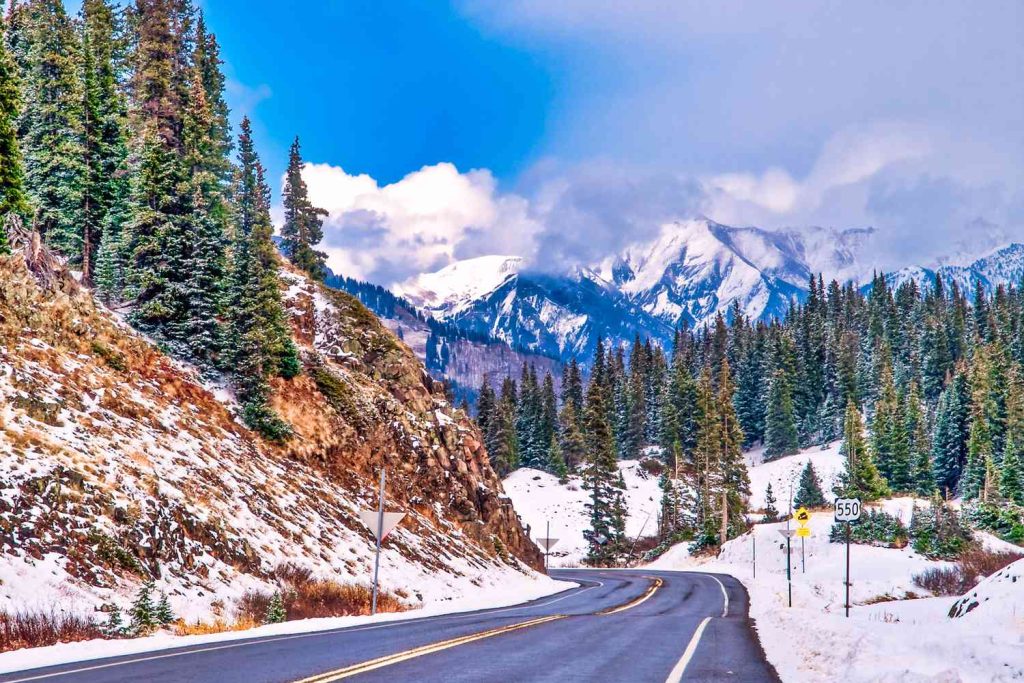
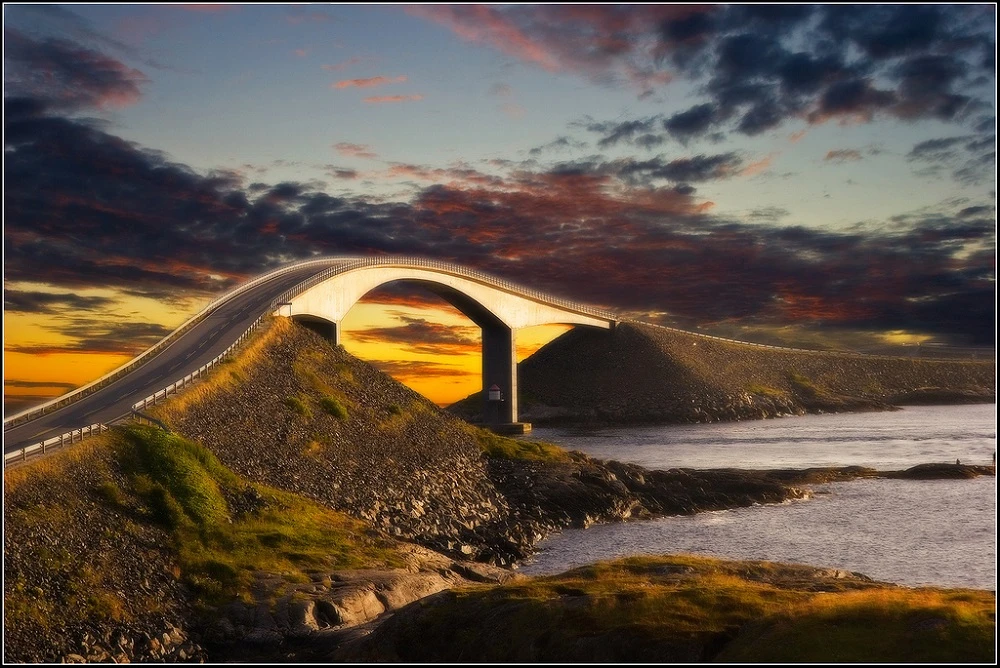
The Atlantic Road transforms dramatically with the seasons, each offering a unique experience depending on your preferences for weather, crowds, and activities.
Summer (June to August)
The most popular time to visit, summer offers long daylight hours, clear skies, and the calmest driving conditions. You’ll have easy access to all facilities, cafés, and accommodations. However, it can be busy—especially in July and early August—so booking your stay in advance is essential.
Autumn (September to November)
Autumn is ideal for those seeking dramatic weather and solitude. Storms during this time are common, but they add intensity and beauty to the drive. Many travelers come just to witness waves battering the bridges—especially during October. It’s a favorite season for photographers looking to capture the wild side of Norway.
Winter (December to February)
Winter brings a magical touch, covering the route in snow and ice. While the Atlantic Road remains open year-round, winter driving requires experience and proper tires. On clear nights, you may even catch the Northern Lights. However, services like boat rides and cafés may be limited during this time.
Spring (March to May)
Spring offers a fresh and quiet atmosphere as snow begins to melt and nature slowly awakens. Wildlife returns, flowers bloom, and crowds are minimal. Late May is especially pleasant for mild weather and fewer tourists.
Practical Tips for Driving the Atlantic Road

- Drive Slowly: This is a route meant to be savored. Stop frequently and enjoy the viewpoints.
- Check the Weather: Use websites like yr.no or vegvesen.no for weather and road status.
- Fuel Up in Advance: There are no gas stations directly on the road. Fill up in Molde or Kristiansund before starting.
- Bring Layers: Even in summer, sea winds can be cold. Pack a jacket and waterproof shoes.
- Stay Overnight: Book a local guesthouse to enjoy sunrise and sunset views without rushing.
- Photography Gear: A wide-angle lens, tripod, and ND filters help capture the full drama of the landscape.
- Respect Nature: Stick to marked paths and platforms. Norway takes conservation seriously.
Where to Stay Near the Atlantic Road
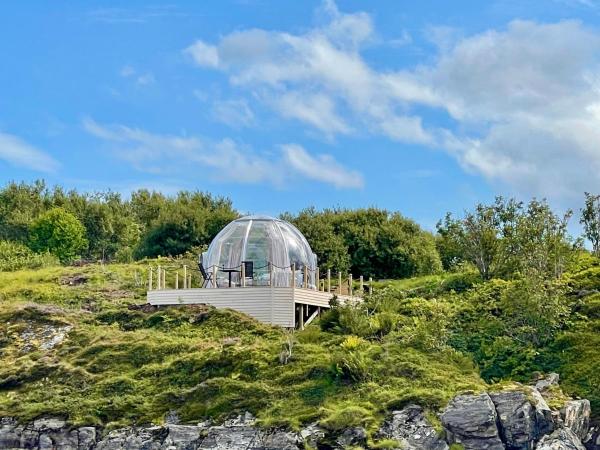
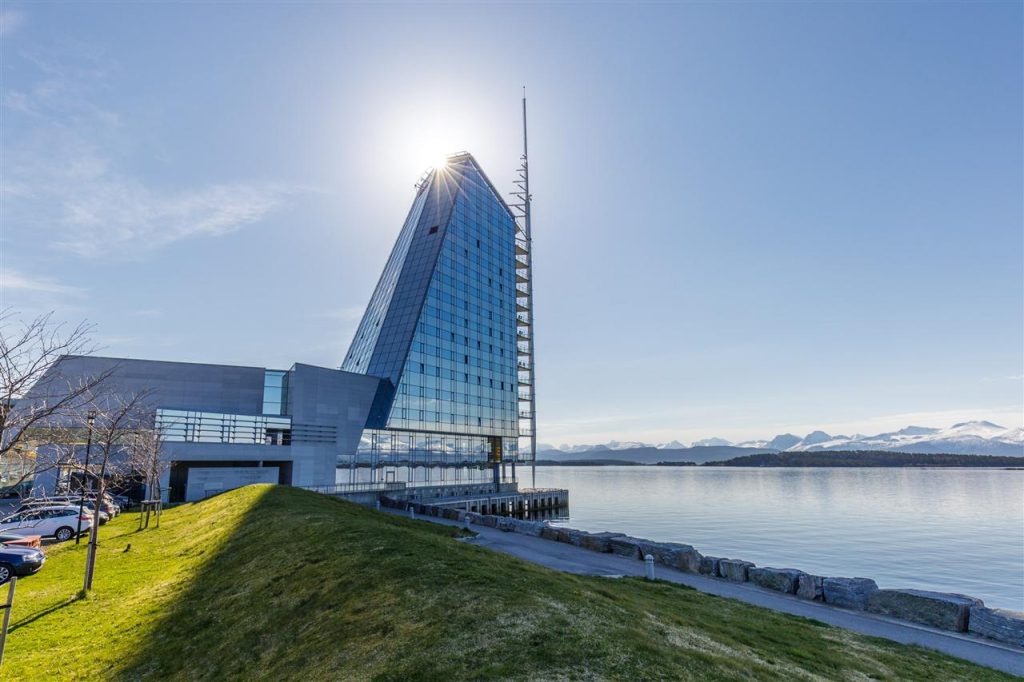
From cozy cabins to luxury lodges, you’ll find a range of accommodation options near the Atlantic Road.
Budget:
- Farstad Camping – Ideal for campers and budget travelers looking to stay near the water
- Atlantic Hotel, Kristiansund – Basic, clean, and close to the route
Mid-Range:
- Scandic Seilet, Molde – Great location with a dramatic ocean-facing design
- Bud Camping & Cabins – Family-friendly and located near scenic fishing villages
Luxury:
- Håholmen Havstuer – Stay on a historic island in beautifully restored buildings with seaside charm
- Ocean Panorama Villa (Airbnb) – High-end private stays with dramatic views and modern comforts
Conclusion: Why the Atlantic Road Belongs on Your Travel Bucket List
Few places in the world blend natural drama and human design like The Atlantic Road Norway. With its sky-scraping bridges, thunderous waves, and peaceful ocean views, it offers a truly immersive travel experience. Whether you visit for a few hours or stay overnight, the memories will last a lifetime.
Perfect for photographers, road trippers, and lovers of wild beauty, this is not just a scenic drive—it’s a moving story told by the ocean and written in concrete. So add it to your itinerary, charge your camera, and get ready to drive one of the most extraordinary roads on Earth.

